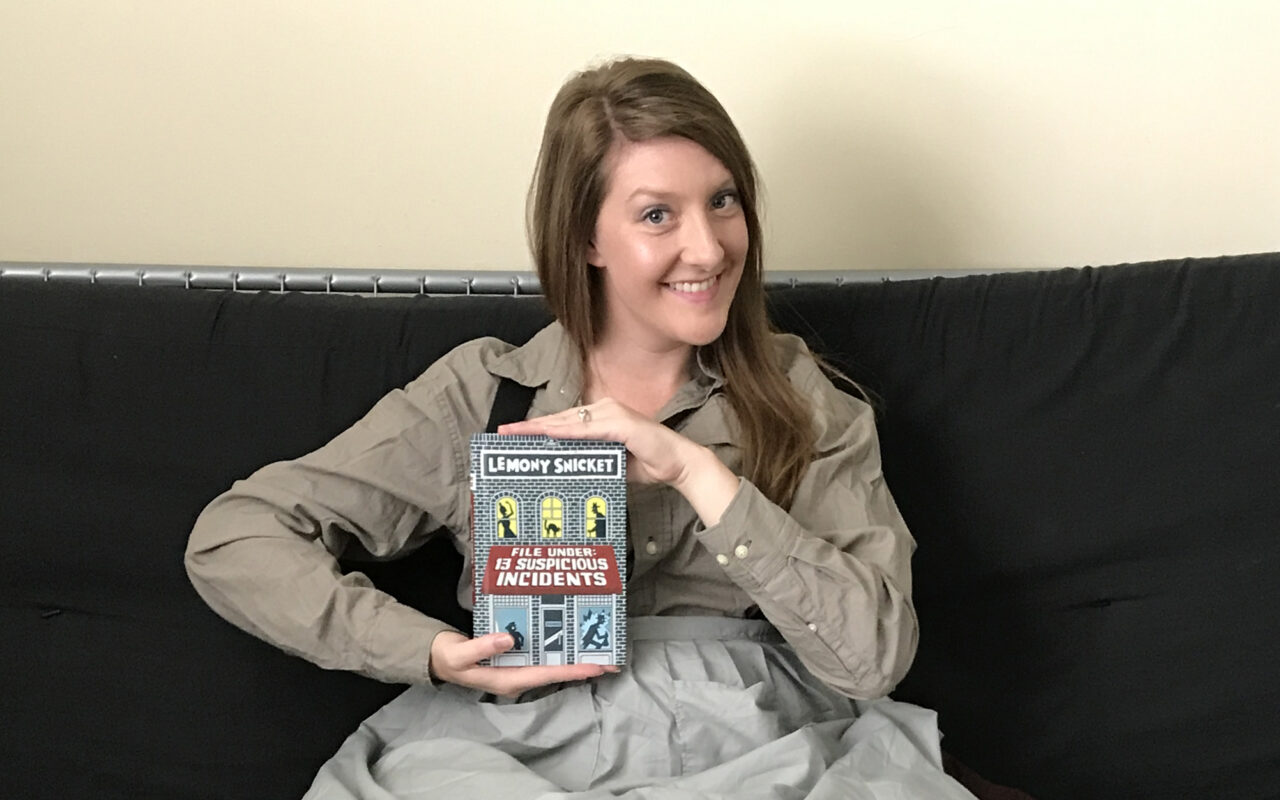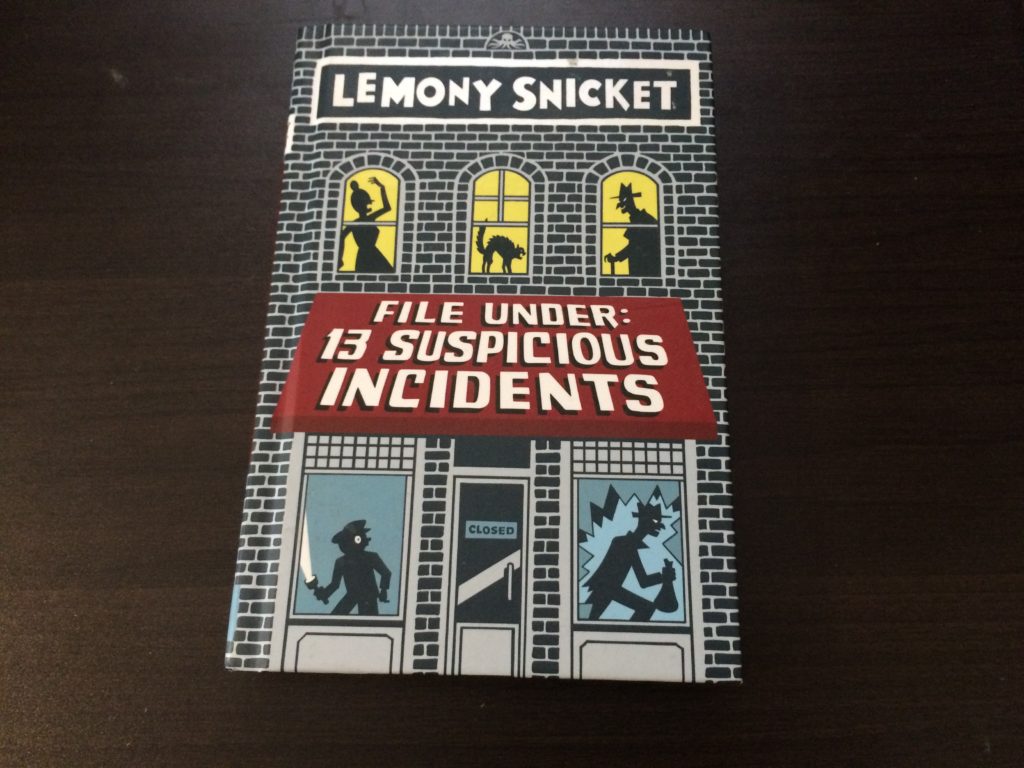This is yet another book that should’ve been read in a month, but with my style, stared at it for six months then decided to read it one night when I was not in the middle of an Overwatch or Supreme Commander match.
I’ve always been a fan of Lemony Snicket’s work; I was familiar with a few of his A Series of Unfortunate Events books while growing up, though I hadn’t kept tabs on him after I turned 16. While browsing the bargain shelf in the young adult section in Books-A-Million during May, I ran across this book. At $4, who was I to argue?
First off, I am a bit mad at myself. I thought this would be a long read, and that was one reason I kept ignoring and not picking it up. That was not the case. The book is a bit shorter than I expected; That’s off my chest, at least.
The story is a bit unique right off the bat; this is one of those “Lemony himself” is in the story kind of books (This is a common trait with his books if you’ve not read any of his other ones). Right away the reader is introduced to Lemony Snicket, as a young boy living with an S. Theodora as an apprentice for some secret organization. Random people keep approaching Lemony, asking him for help to solve their problems. Most of these are items or other belongings that go missing.
However, this isn’t your typical mystery book. The book is a collection of short stories, and follows a formula from an old book series I used to read called Encyclopedia Brown. It goes like this; the story is presented to the reader. The problem is laid out, some clues are dropped and the story ends with Lemony typically announcing “I got it, let’s go solve your case.” If you still haven’t figured it out by then, you’re directed to go to the back o the book to find the “solution.”
In this way, there was a bit more participation in the book. The reader is forced to think a bit and use their head, rather than having their story tied up into a neat little package to enjoy. I personally don’t think this is a bad trait, its more enjoyable for me. In fact, once I found out this was the case, I was hooked and continued to read even faster.
The book had a classic feel from older books I had read when I was younger, and the time period lends a bit of beneficial disconnect from the modern tech world that we’re typically accustomed to. The best way I can describe the setting is possibly between the 1930’s or 1950’s. Also because of this setting, the mysteries are a bit simpler or a bit more straightforward to solve. Many are challenging indeed, but they’re not a super-complex mystery thriller.
Per the actual book itself, it’s a fairly sturdy book with a nice hardcover. Paper is a little coarse of a lower-end print book, but it makes up for it with a smaller size and the illustration in each “case”. The illustrations have a clean but simple touch to them.
Also since buying this book months ago, there’s another “sequel”, and the first book has been relabeled to hold Reports 1-6. It appears that there’s actually another sequel to this that has even more mysteries.
It would seem a lot of people didn’t like this book for some reason, namely adults who picked it up to read. The general consensus was that it was boring for adults and they wanted something “worthwhile” from Snicket. I enjoyed it, probably chalking that up to my love of simpler kid books. Admittedly if you’re looking for something complex and in-depth, this doesn’t fit the bill.
To my surprise and joy, there’s also an eBook version of this title on the Amazon store. So if you’d like a digital copy instead, you’ll definitely be able to go this route.
And that does it for this week. As I hold my fingers crossed that I will have a workspace again soon, I offer this piece of advice. Keep a stack of books or your Kindle next to the PC. You’re more apt to read it if you’re spending a lot of screen-time.
Special thanks for Megan Swecker-Lamb for the photos


